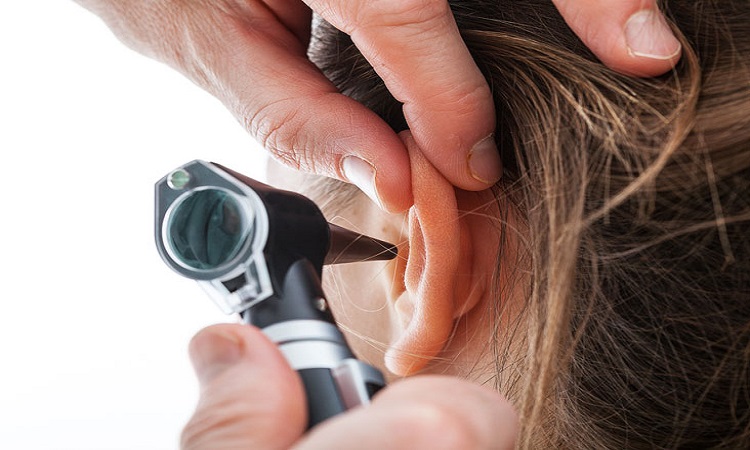According to the Pan American Health Organization (PAHO), more than a billion people between the ages of 12 and 35 are at risk of hearing loss. Among the factors of this risk is prolonged and excessive exposure to loud music and other recreational sounds.
Only in the region of the Americas, about 217 million people live with hearing loss, 21.52 percent of the population, says the agency. Furthermore, the organization forecasts an increase in this number to 322 million by 2050, with negative consequences for physical and mental health, education and employment prospects.
According to the World Health Organization (WHO), disabling hearing loss is an impairment of hearing capacity greater than 35 decibels in the ear with better conditions. Globally, the WHO projects that nearly 2.5 billion people will be at risk of hearing loss by 2050.
Therefore, almost 80% of those living with this condition live in low- and middle-income countries, says the agency. Additionally, the prevalence of hearing loss increases with age, especially in those over 60 years of age, among whom 25% suffer from disabling hearing loss.
Given this perspective, these experts consider that an additional annual investment of approximately 1.40 dollars per person is necessary to expand ear and hearing care services worldwide. This, in turn, promises a return of nearly $16 for every dollar invested over a 10-year period, they say.
Through a statement sent to NotiPress, the hearing solutions company, MED-EL, points out that these figures underline the need for public policies to “improve people’s quality of life.” According to its commercial director, Fernando Díaz, it is also aware of the importance of promoting a culture of timely detection.
When talking about technological innovation solutions for this problem, MED-EL notes the existence of devices such as cochlear implants, designed for people with severe or profound sensorineural hearing loss. Another option is combined acoustic stimulation, for those with partial hearing loss; middle ear implants, for conductive and mixed hearing loss, as well as bone conduction implants.
Regarding hearing loss due to prolonged or repeated exposure to loud sounds, PAHO points out that it is an irreversible but preventable affectation. For this, he recommends keeping the volume low on personal audio playback devices and the use of well-fitting headphones and, if possible, with noise cancellation. He also suggests wearing earplugs in noisy places and getting regular medical ear checkups.
In March 2022, the WHO issued a new standard to deal with the increase in this problem. Its new guidelines to reduce the risk of hearing loss at events and entertainment venues include maintaining a maximum average sound level of 100 decibels. Also carry out constant monitoring of sound levels with duly calibrated equipment, as well as optimization of acoustics and sound systems for a pleasant and safe listening quality.
The WHO regulations also propose the provision of personal hearing protection to the public, together with instructions for use. Similarly, the installation of quiet areas to rest the ears, reduce the risk of damage and, finally, the training of workers on this issue.
As the numbers suggest, hearing loss would be a growing problem globally and in the Americas. Regarding the risk of prolonged or repeated exposure to loud sounds, health agencies consider its adverse effects to be preventable. For this, it is important to know and adhere to the WHO recommendations to prevent this problem in the context of places and entertainment events.




